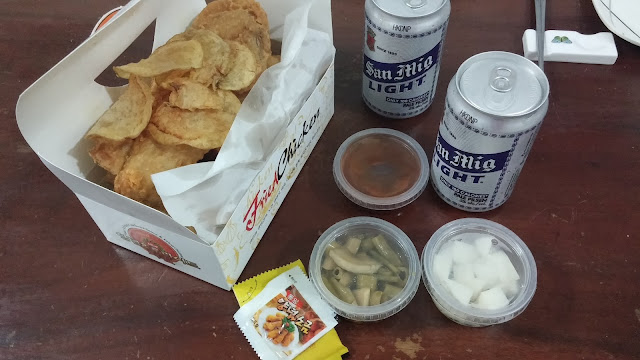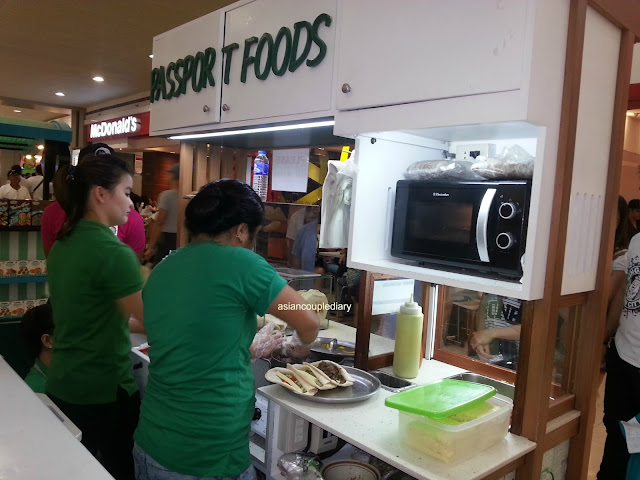SEOUL CITY TOUR: THIRD STOP (NATIONAL MUSEUM OF KOREA 국립중앙박물관)
The National Museum of Korea is a major museum that holds all types of cultural artifacts. The Asian Hall provides an introduction to the cultures of other Asian countries. In additional, there is an educational program, a children's museum, diverse concerts and special events, and a professional concert hall.
Telephone number 02-2077-9000
Cheongjajeong (Pavilion with Celadon Roof Tiles)
Cheongjajeong was built as a commemorative symbol to perpetuate the 100th anniversary of Korean museums. The National Museum of Korea based its construction on a record about a pavilion in Goryeosa, History of Goryeo: "in the 11th year of Uijong (1157), Yangijeong was built in a royal villa located on the east of the royal palace, and its roof was furnished with celadon roof tiles". The name, Cheongjajeong, was selected through public subscriptions the reproduction was processed in accordance with professional opinions, and the celadon roof tiles excavated from Sadang-ri, Gangjin, Jeollanam-do (in the collection the National Museum of Korea) and other relics of the Goryeo period.
가야 Gaya
According to the Records of Garakgukgi (History of the Garak Dynasty of Korea) of Samgukyusa (Memorabilia of the Three Kingdoms), Gaya was established by King Suro in the Gimhae area in 42 CE. In the early period, based on the ample iron in this area, Geumgwangaya and Aragaya formed strong powers. In particular, Geumgwangaya traded iron with China and Japan via sea routes, thereby accumulating wealth. In the 5th and 6th centuries, Daegaya and Aragaya established great powers. Pottery with Great King inscribed, ornate goldworks, and large tomb mounds were discovered, suggesting that Gaya was strong enought to rival Silla and Baekje.
Gaya horse equipment
Horse equipment is classified into horse equipment for wagons and that for horse riding, but Gaya horse equipment is all for horse riding. Horse equipment consiste of bits, bridles, and reins for controlling and horse, stirrups, saddles, breast harnesses, and rear harnesses for stabilizing the horse rider as well as harness fittings for crossbelt, horse bells, and banner pole. Along with these are horse head protectors and horse armors to protect the horse. Gaya horse equipment was influenced by Goguryeo but developed its own patterns.
Gaya Armors
Typical Gaya armors are plate armors made by connecting 20-30 large iron sheets, symbolizing Gaya warriors. The plate armor consists of the right front body, left front body, and rear body. The rear and front bodies are separable or are connected by leather and hinges to make the armor easy to wear and take off.
Gold Crown and Girdle 금관.금허리띠
Geumgwanchong Tomb in Gyeongju, Three Kingdoms period (Silla) 5th century.
This gold crown and girdle were excavated from Tomb in Gyeongju, along with various belt accessories and pendants. These items exemplify the striking opulence of Silla culture and its sophisticated metalwork technique.
The gold crown features comma-shaped jade pieces and gold spangles. While the gold girdle is splendidly decorated with an array of pendants. The frame of gold crown has branch and antler-like decorations, symbolizing the king's ostensible statud as a medium between heaven and earth. The girdle was made from very thin sheets of gold. Decorated with comma-shaped jades, fish pendants, and pouches. The hanging spangles and pendants are thought to derived from the herding communities of the Northern regions.
Ten-Story Pagoda
This pagoda was originally erected at the Gyeongcheonsa in the fourth year of King Chungmok (1348) of Goryeo. On its base, lions, arhats, and scenes from the Chinese novel The Journey to the West are carved in three tiers. In the central part of the pagoda, which consists of ten stories, a number of groups of Buddhas and bodhisattvas are represented inside architectural settings minutely carved with roofs, rafters, and balustrades.
VIDEO



















interesting history of South Korea
ReplyDeletebeautiful!!!
ReplyDelete